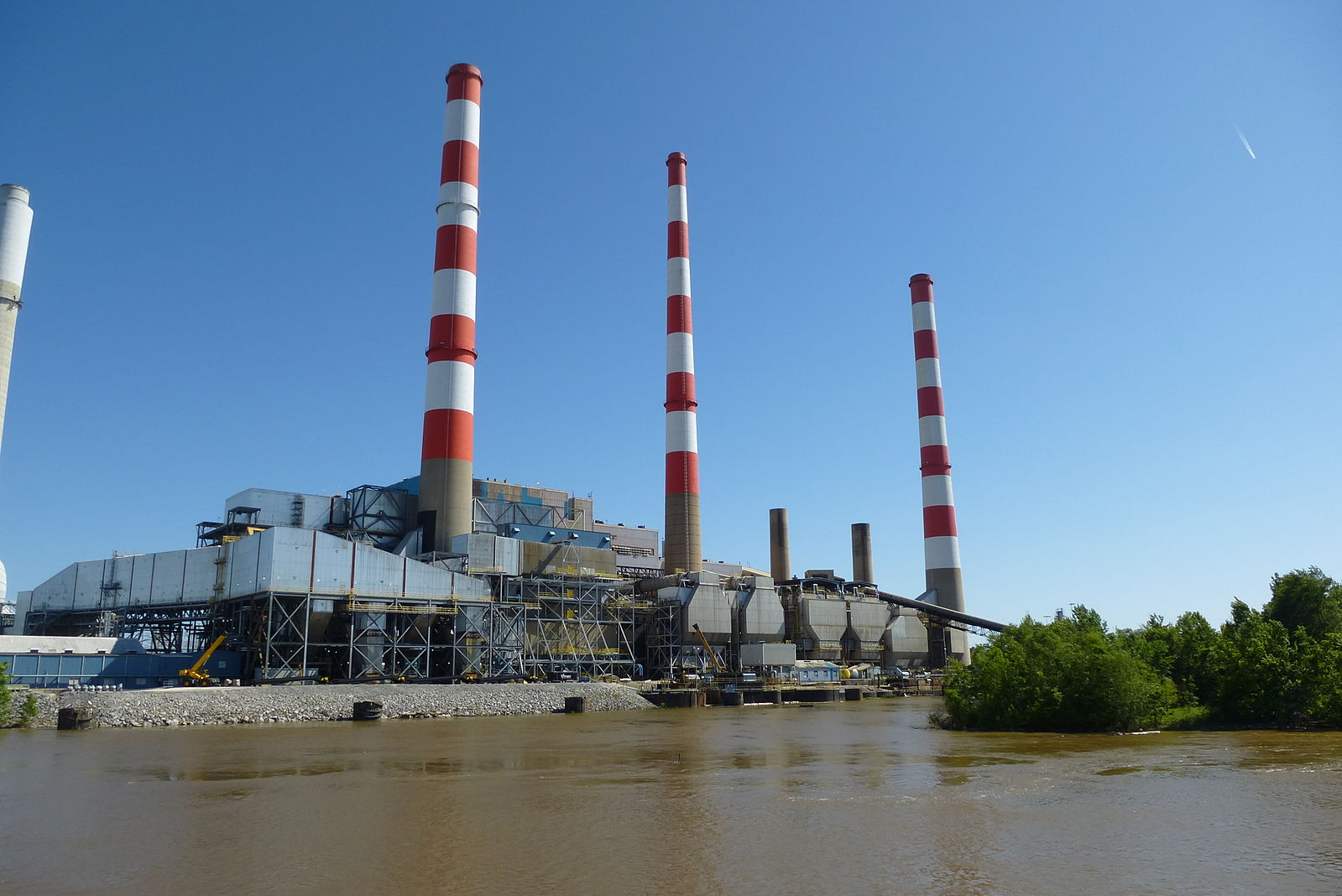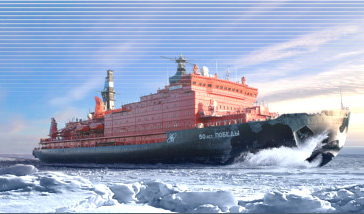China’s silk road project has entered a new stage of economically integrating partner states by buying a $1.5 Billion dollar controlling stake in Pakistan K-Electric utility. Though there is high risk affiliated with investment in Pakistan due to its dangerous tribal lands and border tensions with India, Chinese state backed investors are expanding their investment activities beyond mass infrastructure programs to increase integration. By investing in critical infrastructure like energy provision and generation, and by doing so through the private sector, China both increases the visibility of its investments to the recipient country’s populace and signals to a country’s business leaders that working with China is advantageous.
Energy as an element of critical infrastructure is an especially important and salient part of the economic discussion going on between Eurasian nations. The establishment of a common energy market for the Eurasian Economic Union was a key point of discussion at a regional summit in Kazakhstan at the end of May which stressed the importance of deep energy integration. By coming together, countries not only increase their share in the global energy market, which allows them to have more price control, but also gain an interest in investing in large scale and expensive critical infrastructure. This naturally engenders a profitable business environment, in which countries that have been smaller players on the world stage, gain from the economic clout of larger partners like Russia and China.
One problem that arises with using critical infrastructure as a means for economic integration is a potential loss in autonomy. Countries risk losing control of energy capacity, which becomes an increasing component of their economy as it comes to underlie the many layers of businesses that are built on the wealth brought in from these massive infrastructural projects. It can be argued that this allows larger partners in the agreement to exert undue influence on smaller partners, a good example being the coercive power Russia can exert by pulling its gas subsidies in Belarus or previous price targeting of Ukraine’s energy supply to win over commercial disputes.
Though it is possible for loose integration to allow larger parties to strong-arm smaller partners, deep integration rewards both smaller and larger participants because both business and governments through joint agencies and larger forums where more people can forge connections and open avenues of communication. Smaller parties see a massive inflow of both capital and technical knowledge that can accelerate their development substantially, while larger parties are given consent to control the direction of the relationship and its external relations with other groups and the market. Critical infrastructure integration serves to benefit security cooperation within the region as well. On August 22, 2016, Georgian security forces thwarted a terrorist plot to attack a Russian-Armenian gas pipeline. Tensions between Russia and Georgia have been strained since the recent NATO-Georgia joint military exercises, and are still recovering from the 2008 war. Energy interdependence still draws them together and gives them a common point of dialogue on which to repair relations however.
Many of the countries in Eurasia also benefit from the fact that they are vital transit countries for both pipelines and goods transport. They have the power to leverage their geographic positioning and the security their military forces can offer as a viable root for commerce through a particularly troubled region of the world. Eurasia, in particular, has the opportunity to turn economic cooperation into deeper and more encompassing integration. The instability of the Middle East means that countries must work closely together to ensure trade and commerce flows in the region. As critical infrastructure starts to cross state borders, security forces will work closer together to ensure that threats and risks to commercial activity, energy provision are addressed, and internal stability in both countries is maintained.
In this way, China and Russia are working to help the Middle Eastern and Eurasian region by fostering economic cooperation. They are providing an alternative to intervention that is seen as more bi-lateral and even handed than armed intervention, and both countries are expanding this effort from the East outwards. With China being Russia’s primary trade partner for the Sixth year straight, and Chinese officials indicating that Chinese business will soon place Russia as a major target for investment and point of focus as a foreign market, Russia and China only stand to draw closer together. The rest of Eurasia will surely follow, as tensions between Europe and Russia increases and the situation in the Middle East remains unresolved.
Photo Author: Booman (2013) via WikiCommons (Licensed under CC BY 3.0)
Disclaimer: Any views or opinions expressed in articles are solely those of the authors and do not necessarily represent the views of the NATO Association of Canada.




